De Havilland Airco DH-9 Royal Air Force RAF
Production Time 9 to 10 weeks
Shipment is by FedEx, UPS or DHL International Express Courier with a normal door-to-door delivery time worldwide of within 2-3 business days after dispatch. Due to the current volatility of world fuel prices, the amount mentioned here is our best estimate for DHL and UPS and may be subject to change at the time of shipping.

Model Description: De Havilland Airco DH-9 Royal Air Force RAF Wood Replica Scale Custom Model Aircraft
Manufacturer: De Havilland
Wingspan: 15 Inches (38.1 Centimeters)
Height: 4.5 Inches (11.4 Centimeters)
Scale: 1:30
$279.50
Production Time 9 to 10 weeks
-
United States dollar ($)
-
Pound sterling (£)
-
Euro (€)
-
Australian dollar ($)
-
Canadian dollar ($)
-
Singapore dollar ($)
-
Swiss franc (CHF)
-
Japanese yen (¥)
-
Danish krone (kr.)
-
Hong Kong dollar ($)
-
Norwegian krone (kr)
-
Swedish krona (kr)
-
United Arab Emirates dirham (د.إ)
General Product Description
Our PlaneArts De Havilland Airco DH-9 Royal Air Force RAF model exhibits unique, unrivaled quality and detailed design to come as close as possible to the accuracy of the actual plane. It comes as standard with a robust, durable base or stand which is available in a variety of different finishes designed to match your own personal requirements including solid wood, wood with polished metal supports or adjustable wood wall mount and will be ready within about 9-10 weeks from placement of order.
The De Havilland Airco DH-9 Royal Air Force RAF model is made of the finest kiln dried renewable mahogany wood (commonly known as Lauan or Meranti) which has undergone many stages of carving and meticulous and careful sanding giving the beautiful, finished museum quality masterpiece. Many collectors and model connoisseurs demonstrate their preference for genuine handmade and hand painted mahogany wood models rather than plastic or die cast (diecast) alternatives due to the overall look and totally different feel of the item - we trust you will find the same. We can however, if required produce the same model in Solid Cast Resin so just click and contact us for further information. Our craftsmen and gifted artisans ensure that our finely handcrafted model airplanes match the precise blueprint details of the original aircraft. The paint scheme, markings and parts are closely matched, reflecting the original aircraft. This stylish top-quality desktop replica model will surely enthrall anyone who receives this as a gift and for sure one of the most appropriate and desirably collectable gifts for any military aviation enthusiast and avid aircraft collector whilst also displaying a perfect resemblance to the actual real life version.
There are many types of military propeller aircraft, but the basic types are bombers, fighters, fighter bombers, spotter planes, transporters, patrol aircraft, trainers, and reconnaissance and observation aircraft. All these types of aircraft are used for different types of missions. If you're a fan of historic or present-day military aviation, our model aircraft will bring the excitement and character of these aircraft right into your own home. You can order a wood airplane model of a North American B-25 Mitchell Bomber, a B17 - Flying Fortress, or a P-51 Mustang Nervous Energy V not forgetting the Bf 109, Spitfire, FW 190, A6M Zero, P-38 and F4U. These classic, propeller airplane models are of the highest quality. Each is individually crafted by our expert craftsmen. They produce handmade scale mahogany airplane models of the finest aircraft from World War I and II to present day biplanes and triplanes.
If you require, we can also make the De Havilland Airco DH-9 Royal Air Force RAF model in any other military, government or even private livery or colour scheme you require and if necessary, in a different size or scale. Just click here to contact us with a description or photographs of what you require, and we will let you have a quotation for the necessary customization by return email. We can also make bespoke scale replicas of any other private / civil commercial airliner or airliners, helicopter, glider, gliders with engines, military jet, warplane jets, biplane, triplane, tail fin, spacecraft, rocket or NASA model you require in any airline, military or civilian livery or colors. We also produce model airships, blimps, dirigibles, blimps, boats, and ship collectibles. Wall plaque or seal for military, government or private customers. Again, by clicking here to contact us just let us know exactly what you need.
De Havilland Airco DH-9 RAF: Pioneering Aviation Excellence
In the annals of aviation history, certain aircraft stand out not only for their innovative design but also for their significant contributions to military operations and civilian aviation. Among these distinguished aircraft is the De Havilland Airco DH-9, a British bomber aircraft that played a crucial role during World War I and beyond. The DH-9, designed and built by the Aircraft Manufacturing Company (Airco), a subsidiary of De Havilland, became a symbol of aviation excellence and technological advancement during its operational tenure.
Origins and Development:
The genesis of the DH-9 can be traced back to the need for an effective bomber aircraft during World War I. In response to this requirement, the British Air Ministry issued specifications for a new bomber design capable of long-range reconnaissance and bombing missions. De Havilland, under the leadership of renowned aircraft designer Geoffrey de Havilland, rose to the challenge and began development of what would become the DH-9.
The DH-9 was a twin-engine biplane with a distinctive fuselage design optimized for carrying bombs and reconnaissance equipment. Its wingspan of 42 feet and 4 inches provided ample lift, while its Rolls-Royce Eagle VIII engines ensured sufficient power for sustained flight.
Key Features:
- Versatility: One of the DH-9’s most significant features was its versatility. Initially designed as a bomber, it quickly proved adaptable for various roles, including reconnaissance, light transport, and even civilian use post-war.
- Performance: With a top speed of around 125 mph (201 km/h) and a range of approximately 400 miles (644 km), the DH-9 boasted impressive performance metrics for its time, enabling it to conduct missions deep into enemy territory.
- Armament: The DH-9 was equipped with various armaments, including forward-firing synchronized Vickers machine guns and rear-mounted Lewis guns for defensive purposes. It could carry up to 460 pounds (210 kg) of bombs, providing a formidable offensive capability.
- Structural Design: The DH-9’s structural design featured a sturdy wooden framework covered in fabric, a common construction method for aircraft of that era. This design ensured durability and reliability, crucial for operations in challenging wartime conditions.
- Innovation: The DH-9 incorporated several innovative features, including a streamlined fuselage design for improved aerodynamics and performance, as well as advanced avionics for navigation and targeting.
Operational History:
The DH-9 entered service with the Royal Air Force (RAF) in 1918 and quickly proved its worth in combat. It saw action on the Western Front, conducting bombing raids against enemy targets with considerable success. Despite some initial teething problems, including engine reliability issues, the DH-9 eventually earned a reputation for its effectiveness in aerial operations.
Following the end of World War I, the DH-9 continued to serve in various capacities, including colonial policing duties and anti-insurgency operations in regions such as the Middle East and India. It also found civilian applications, with some aircraft being converted for passenger and mail transport, highlighting its adaptability and longevity.
Legacy:
The De Havilland Airco DH-9 RAF left an indelible mark on the history of aviation. Its innovative design, versatility, and exceptional performance paved the way for future bomber aircraft and influenced subsequent aircraft development. Although it was eventually phased out of military service, its legacy endured, serving as a testament to the ingenuity and determination of the engineers and aviators who brought it to life.
In conclusion, the De Havilland Airco DH-9 RAF remains a symbol of aviation excellence, embodying the spirit of innovation and perseverance that defined the early days of powered flight. Its contributions to military operations and civilian aviation continue to be celebrated, ensuring its rightful place in the pantheon of iconic aircraft throughout history.
| Weight | 6 kg |
|---|---|
| Dimensions | 12.2 × 15 × 4.5 in |
Be the first to review “De Havilland Airco DH-9 Royal Air Force RAF” Cancel reply
Similar Models
Helicopters
Military Airplanes - Propeller
Military Airplanes - Propeller
Military Airplanes - Propeller
Private & Civilian
Private & Civilian
Military Airplanes - Propeller
Military Airplanes - Propeller
Military Airplanes - Propeller
Military Airplanes - Propeller
Military Airplanes - Propeller
Military Airplanes - Propeller
Military Airplanes - Propeller
Military Airplanes - Propeller
Boats, Ships & Submarines
Boats, Ships & Submarines
Military Airplanes - Propeller
Military Airplanes - Propeller
Military Airplanes - Propeller
Military Airplanes - Jet
Military Airplanes - Jet
Military Airplanes - Jet
Military Airplanes - Jet
Military Airplanes - Propeller
Military Airplanes - Propeller
Military Airplanes - Jet
Military Airplanes - Jet
Military Airplanes - Jet
Military Airplanes - Jet
Military Airplanes - Propeller
Military Airplanes - Jet
Military Airplanes - Propeller
Military Airplanes - Propeller
Private & Civilian
Military Airplanes - Propeller
Military Airplanes - Propeller
Private & Civilian
Israel Aircraft Industries IAI-1124 Westwind TNT Air Couriers
Military Airplanes - Propeller
Military Airplanes - Jet
Military Airplanes - Jet
Military Airplanes - Jet
Military Airplanes - Jet
Military Airplanes - Propeller
Military Airplanes - Propeller
Military Airplanes - Jet
Military Airplanes - Jet
Military Airplanes - Jet
Military Airplanes - Jet
Military Airplanes - Propeller
Military Airplanes - Jet
Military Airplanes - Jet
Military Airplanes - Jet
Military Airplanes - Propeller
Military Airplanes - Propeller
Military Airplanes - Propeller
Military Airplanes - Propeller
Military Airplanes - Jet
Military Airplanes - Jet
Military Airplanes - Propeller
Military Airplanes - Jet
Private & Civilian
Military Airplanes - Jet
Military Airplanes - Propeller
Private & Civilian
Military Airplanes - Propeller
Military Airplanes - Jet
Military Airplanes - Propeller
Military Airplanes - Propeller
Military Airplanes - Propeller
Military Airplanes - Propeller
Military Airplanes - Propeller
Military Airplanes - Jet
Military Airplanes - Jet
Private & Civilian
Military Airplanes - Jet
Military Airplanes - Jet
Helicopters
Helicopters
Helicopters
Military Airplanes - Propeller
Helicopters
Military Airplanes - Jet
Blackburn Buccaneer RAF 237 Operational Conversion Unit OCU Squadron
Military Airplanes - Propeller
Private & Civilian
Military Airplanes - Jet
Military Airplanes - Jet
BAe British Aerospace Hawk T.1 Mk.1 Royal Air Force RAF Red Arrows
Military Airplanes - Jet
Military Airplanes - Propeller
Military Airplanes - Propeller
Military Airplanes - Propeller
Military Airplanes - Propeller
Military Airplanes - Propeller
Military Airplanes - Propeller
Military Airplanes - Propeller
Military Airplanes - Propeller
Military Airplanes - Propeller
Private & Civilian
Private & Civilian
Helicopters
Private & Civilian

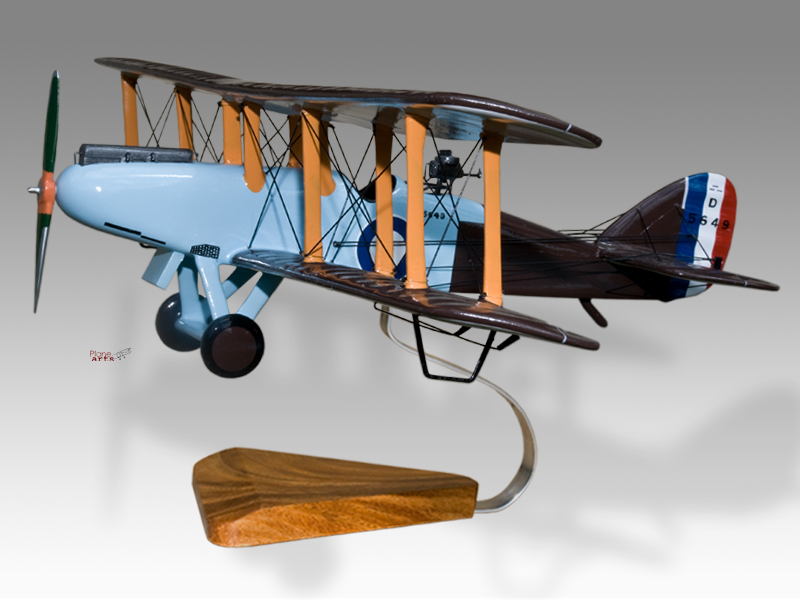
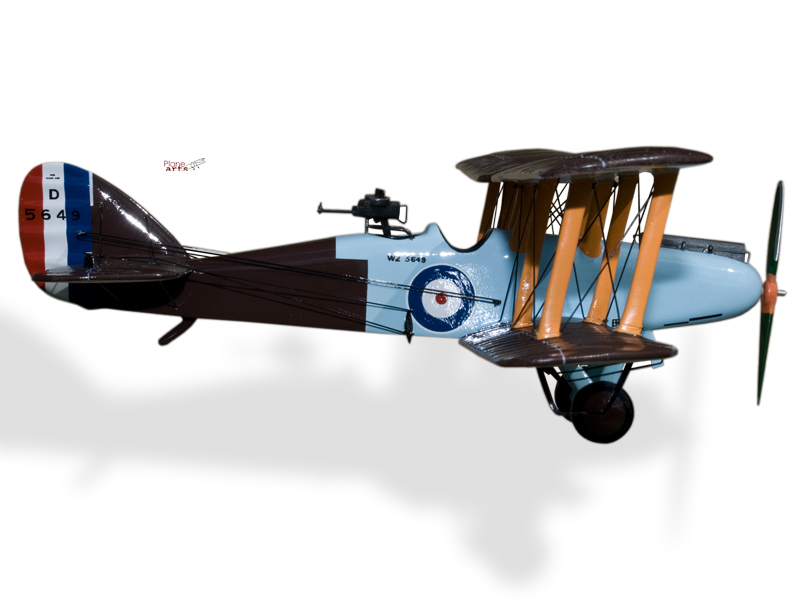
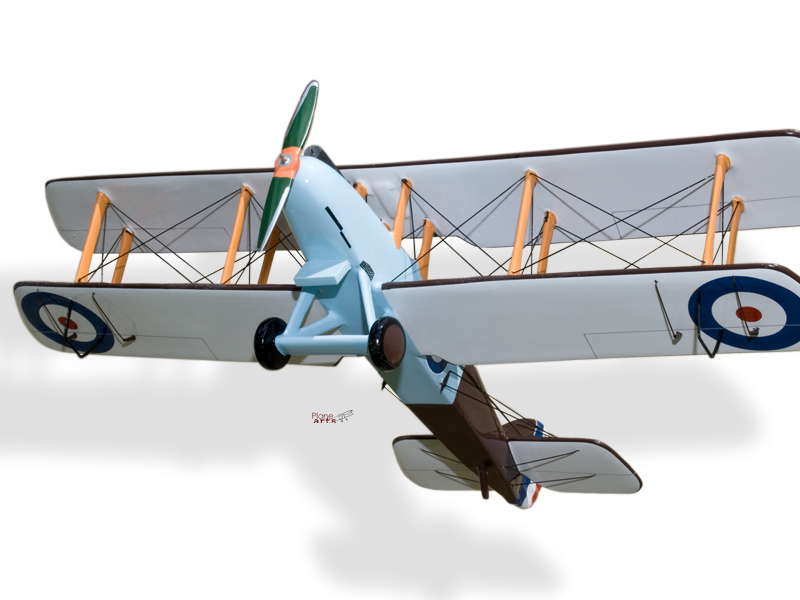

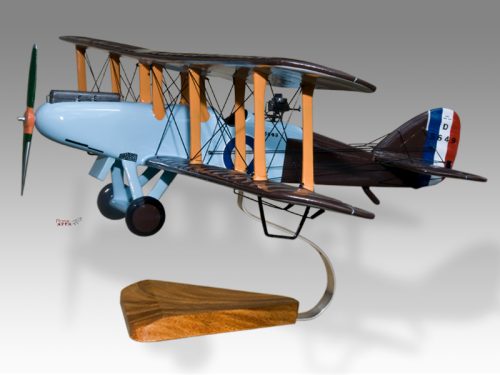

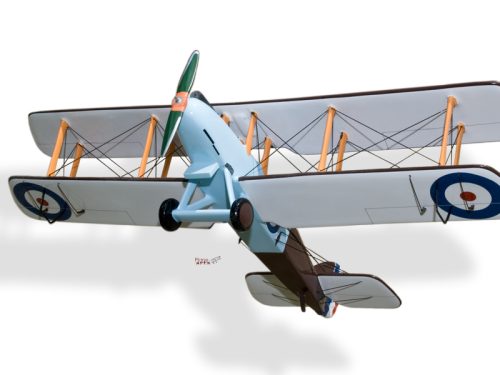

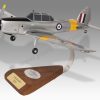
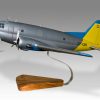
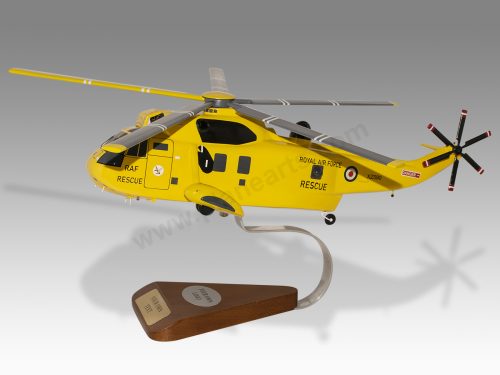
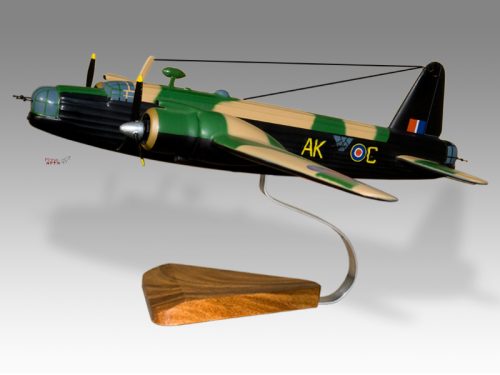

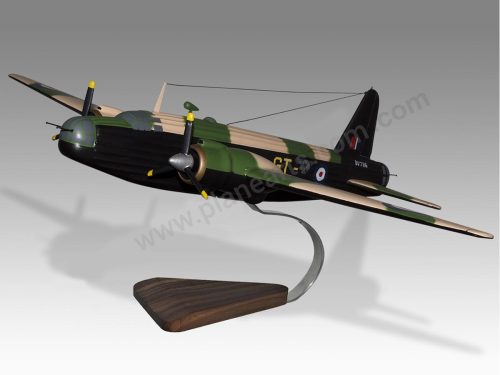

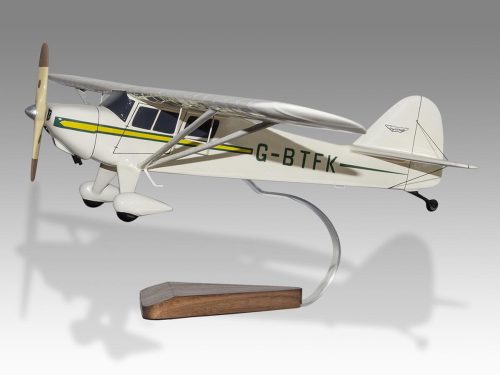
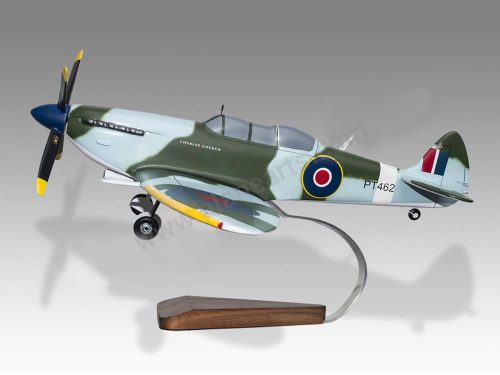
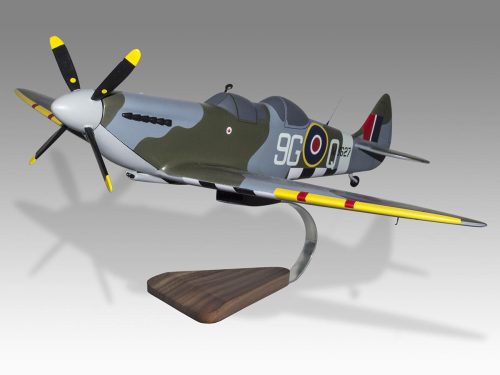
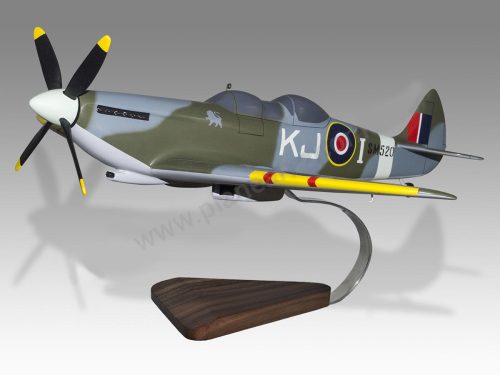
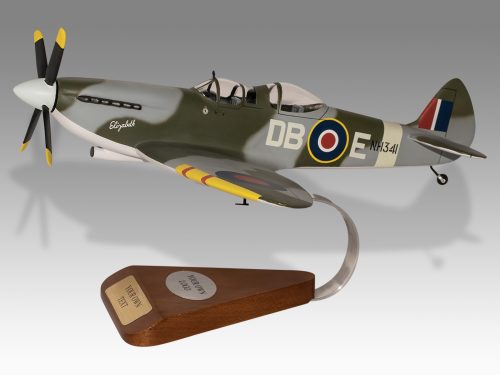
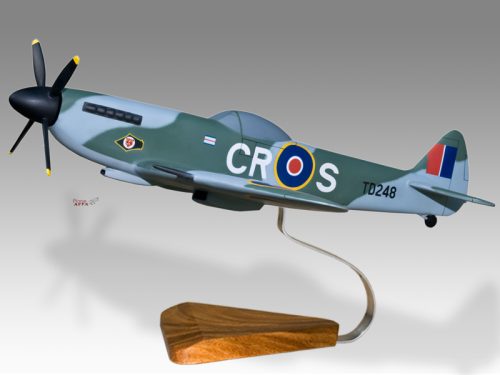
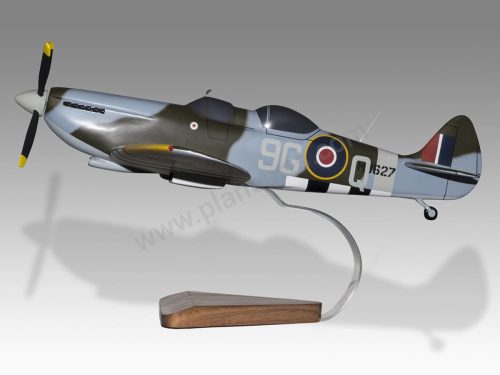
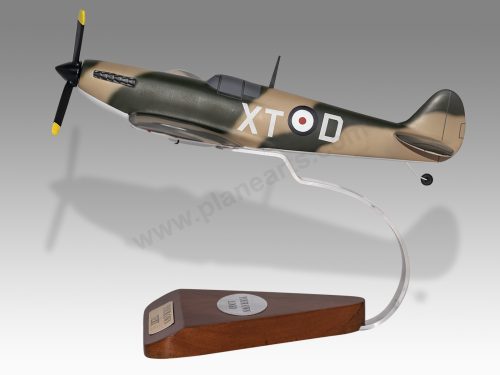
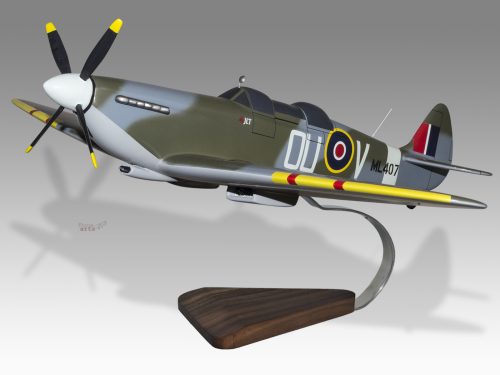




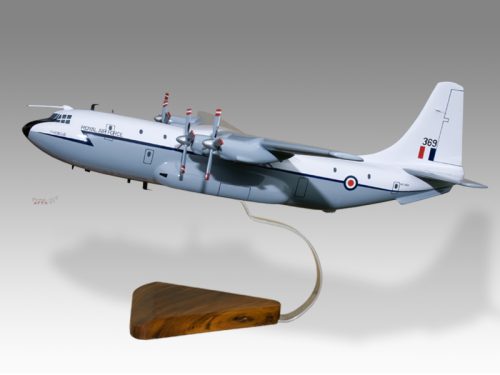

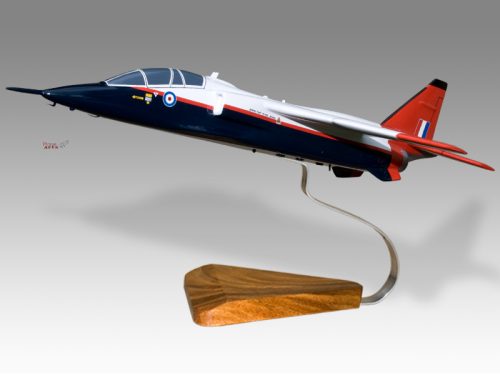
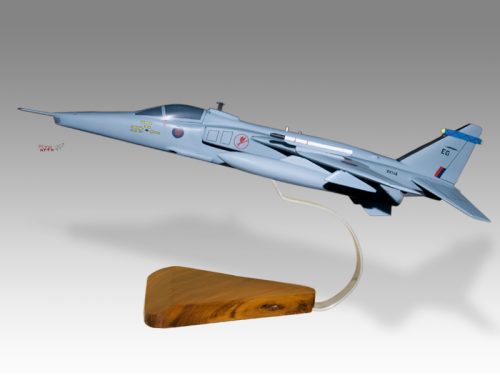
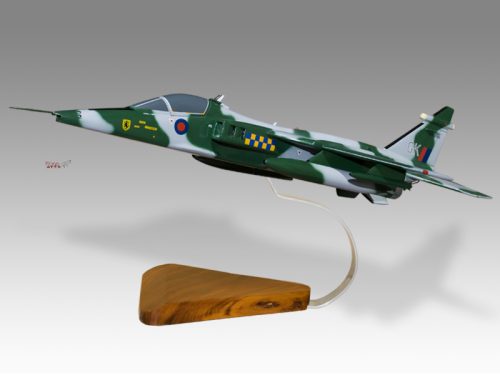
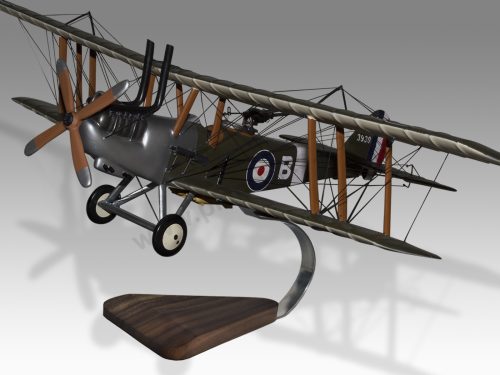
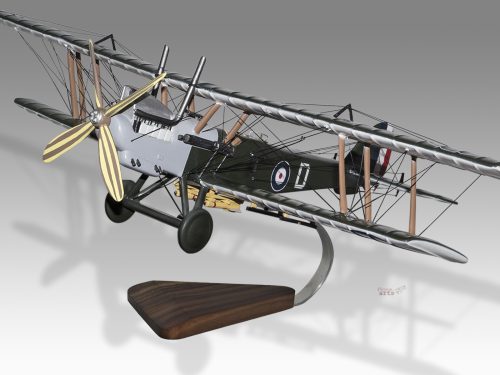
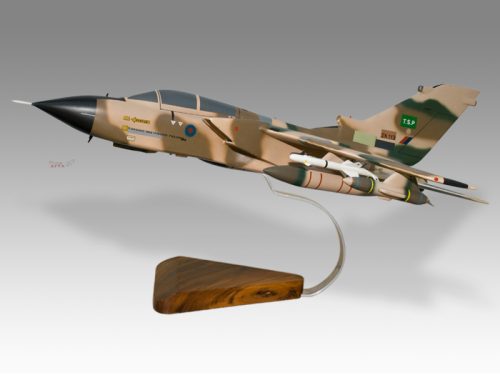
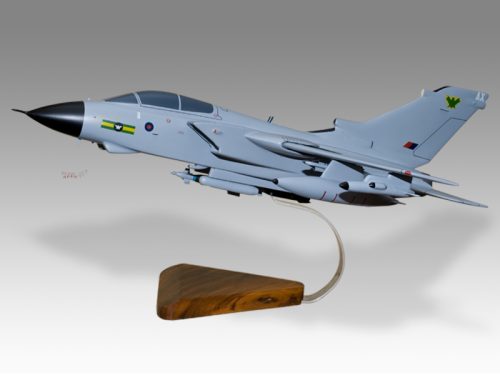
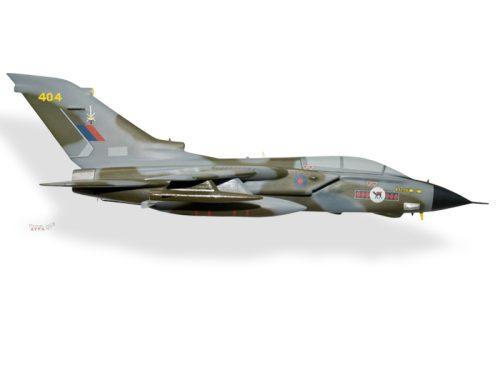
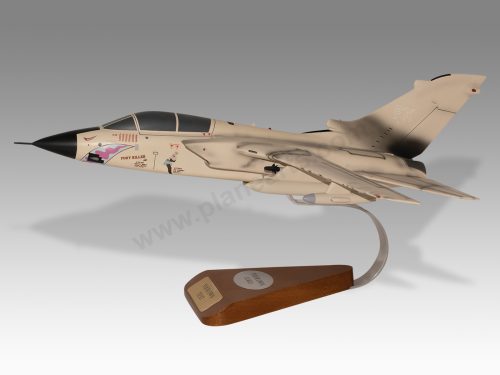
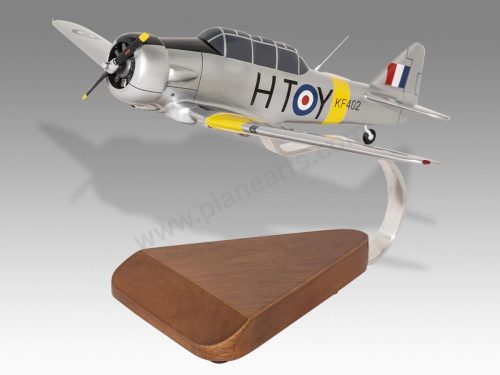

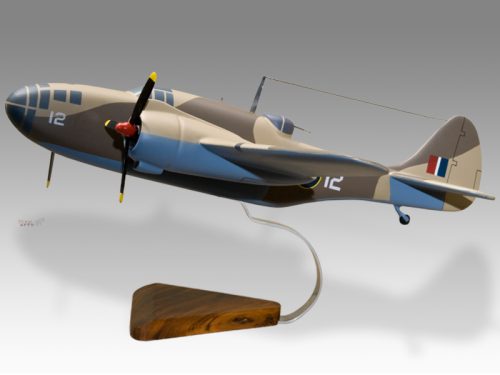
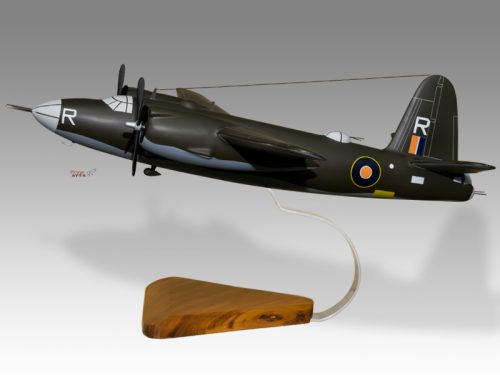

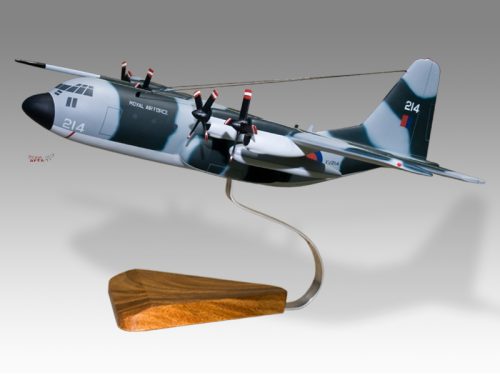



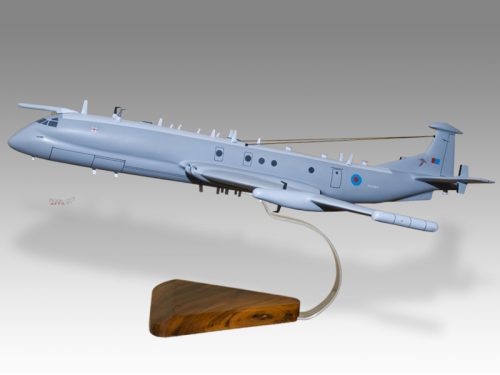
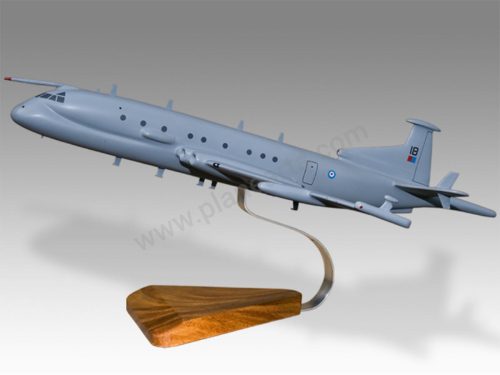


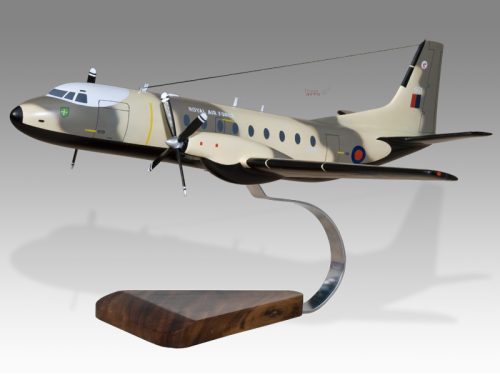


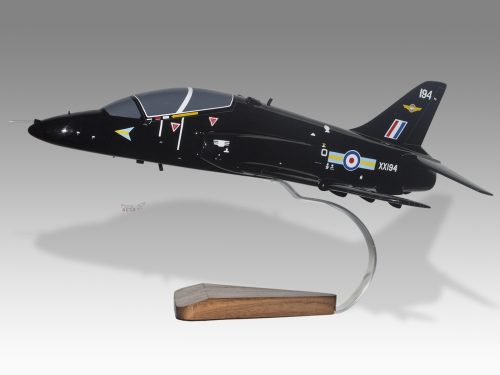
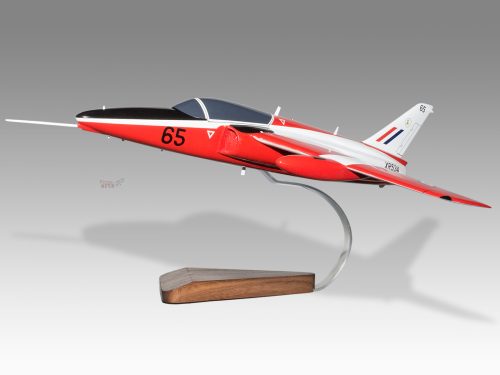
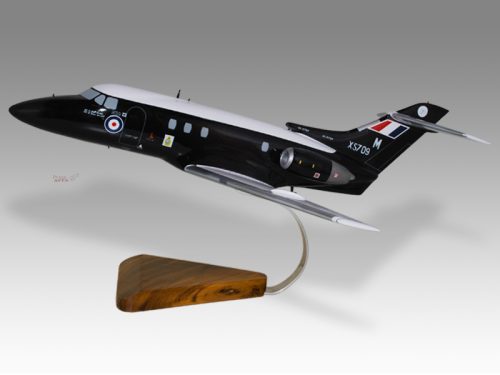
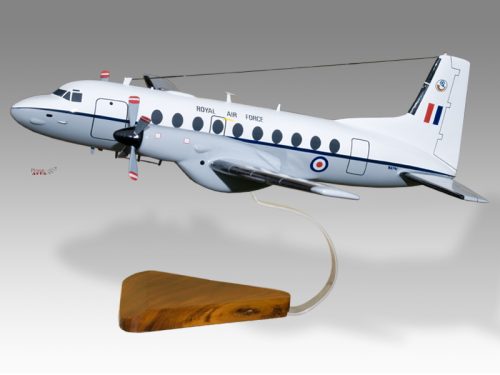
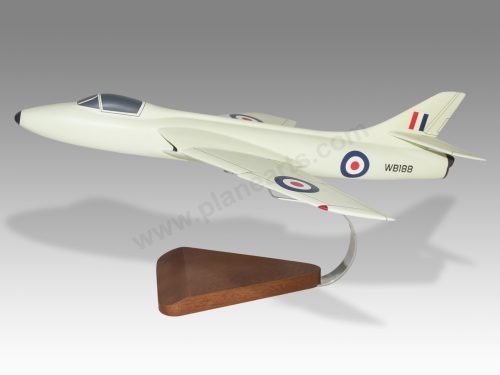
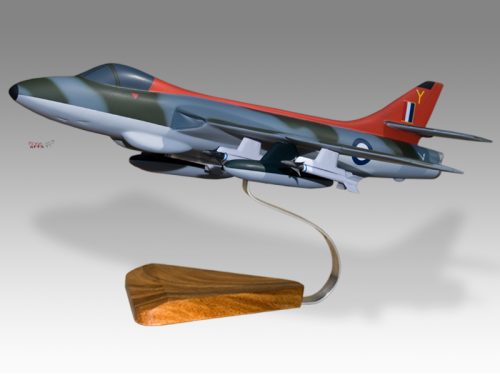

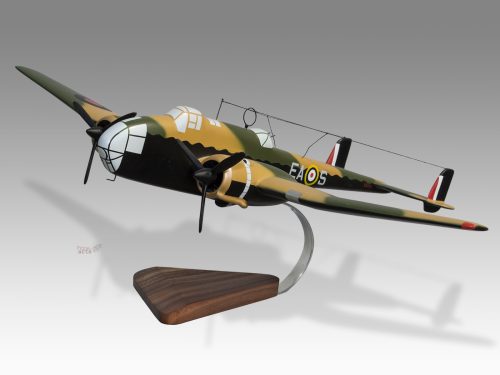

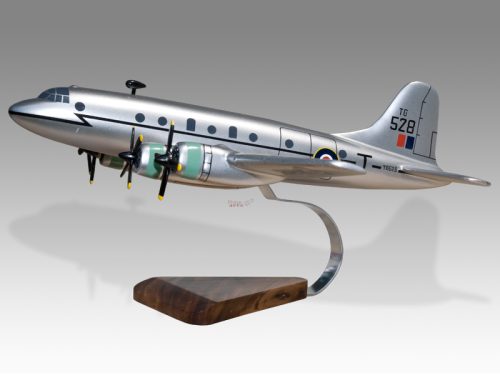
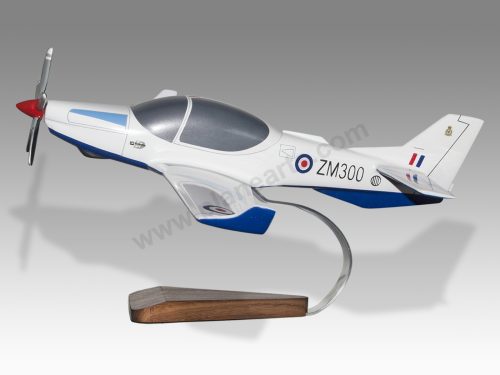

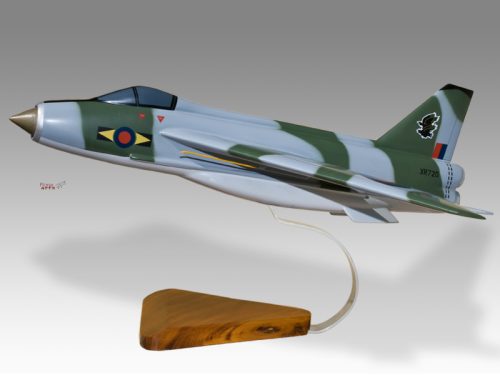


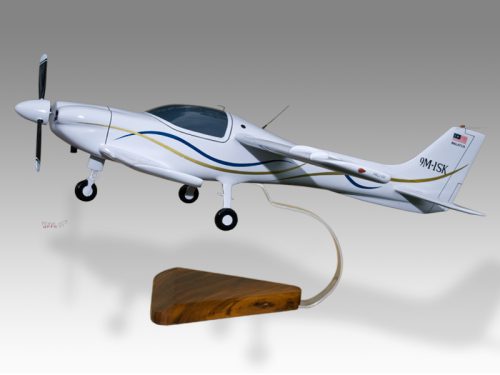
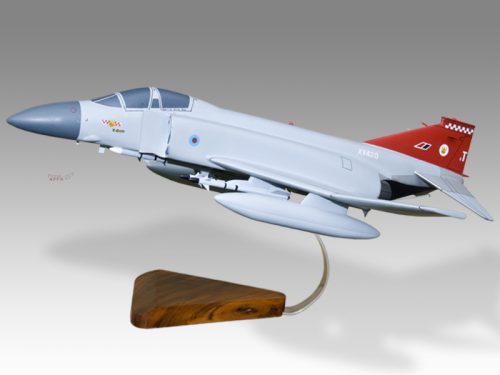
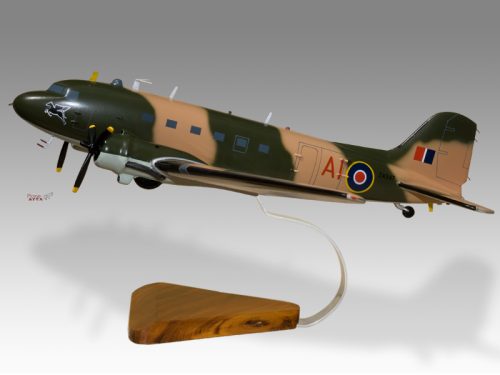

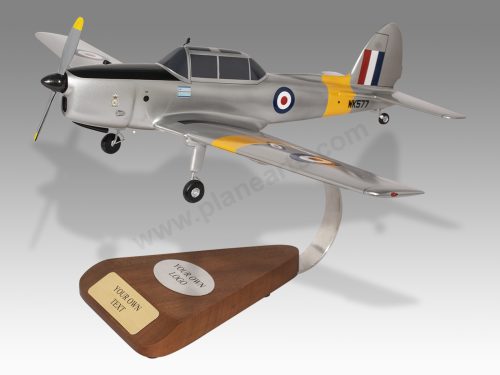
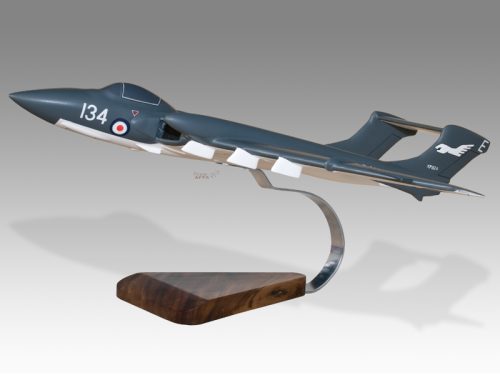
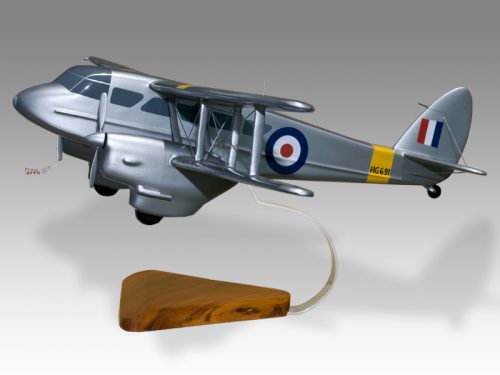
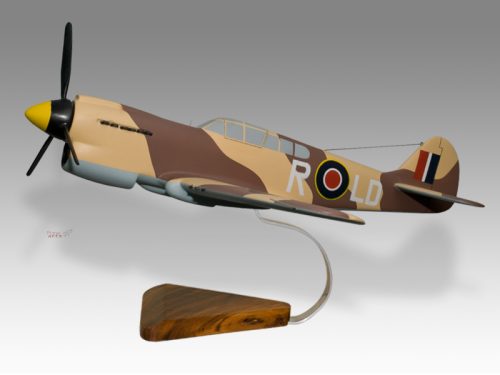

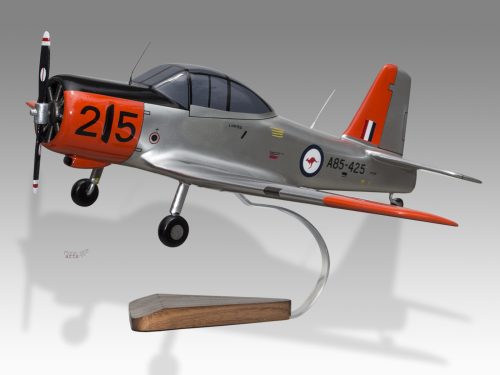

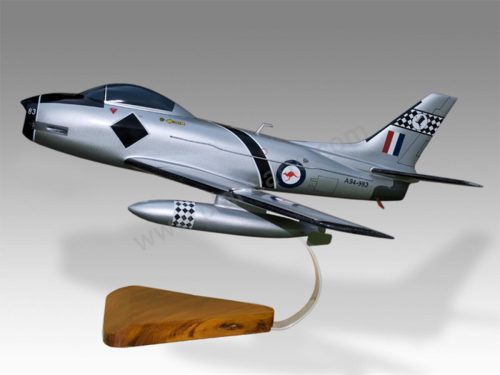
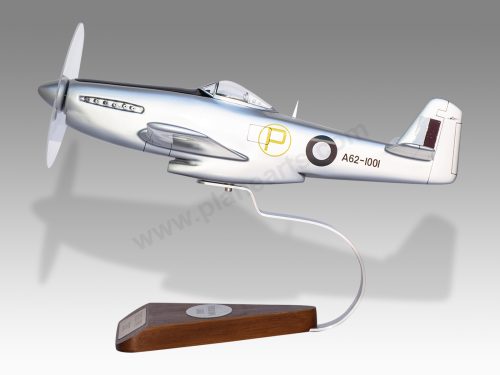
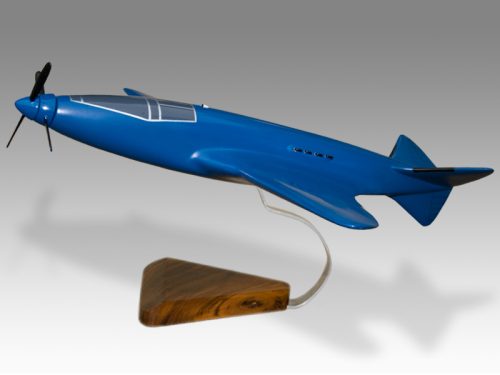
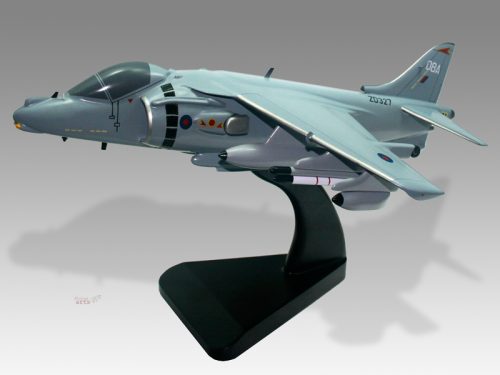
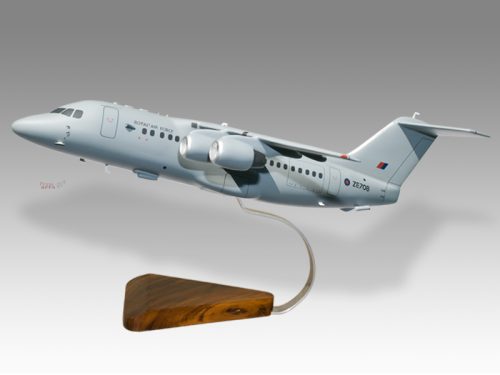

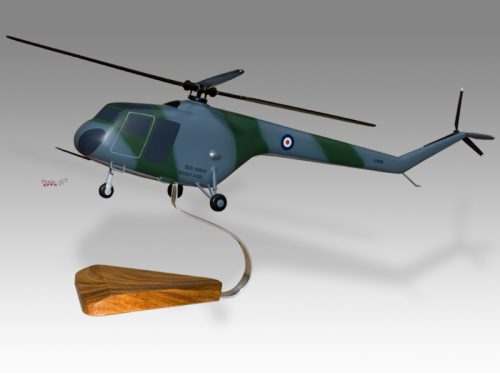
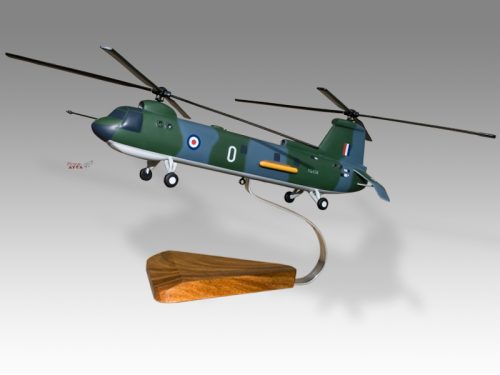

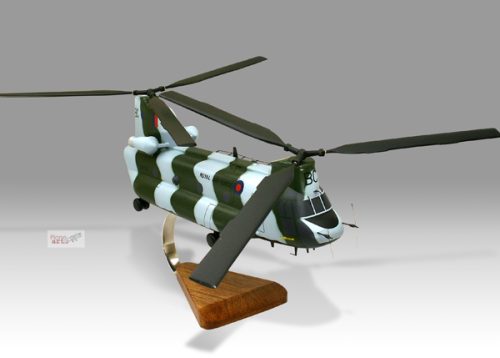
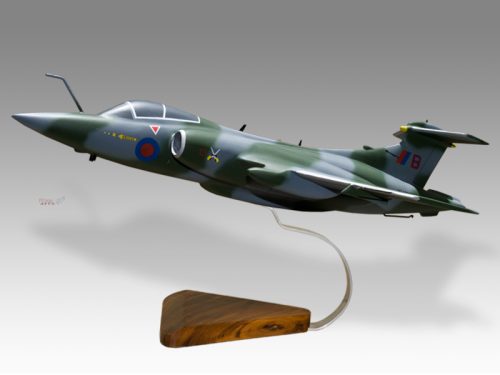
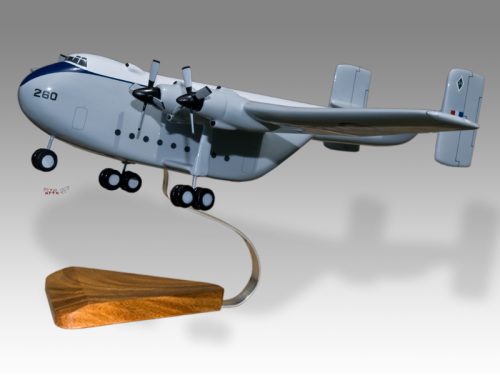
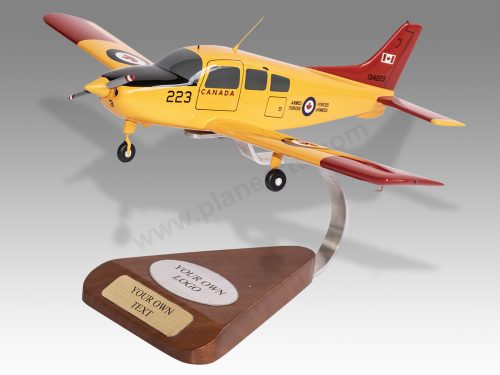
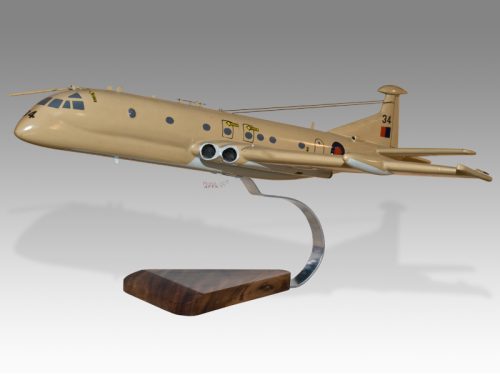

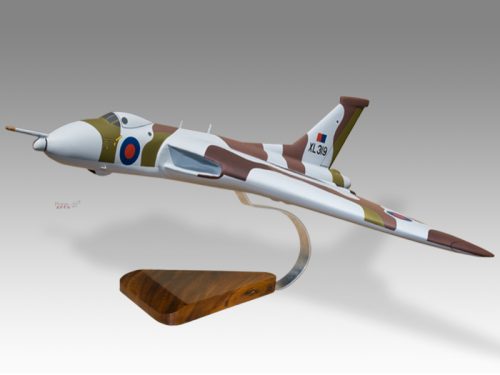
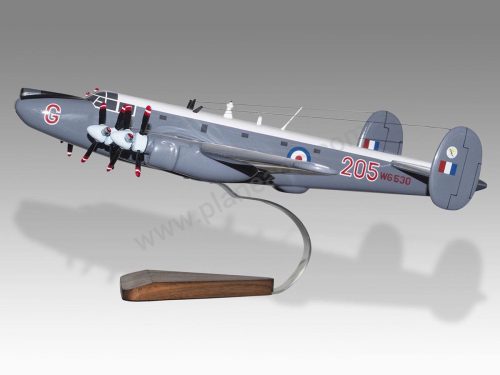

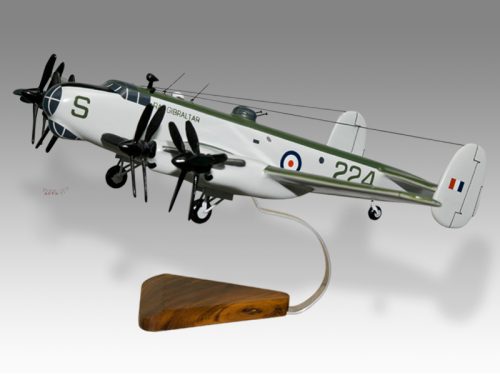
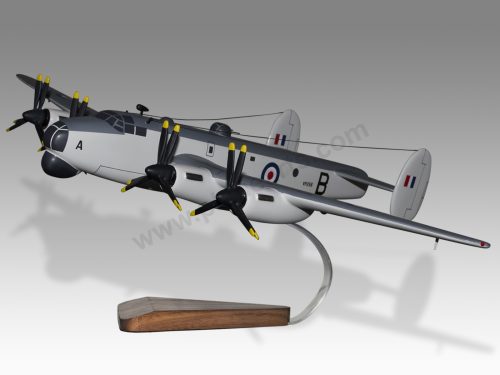
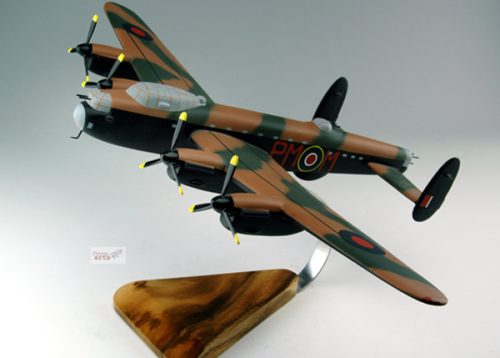
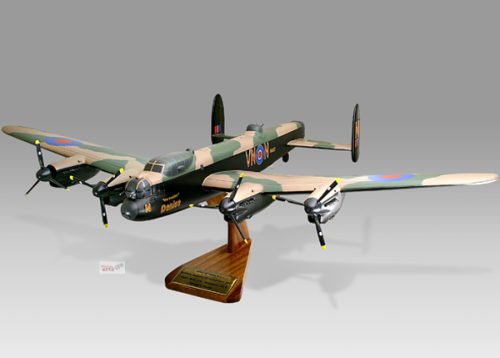
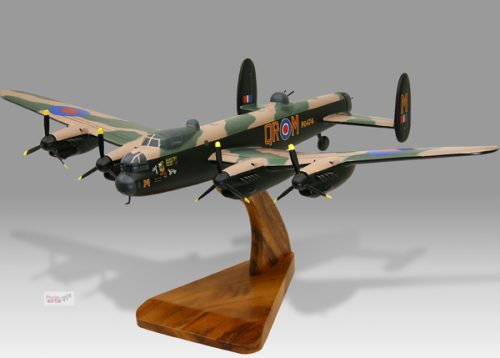


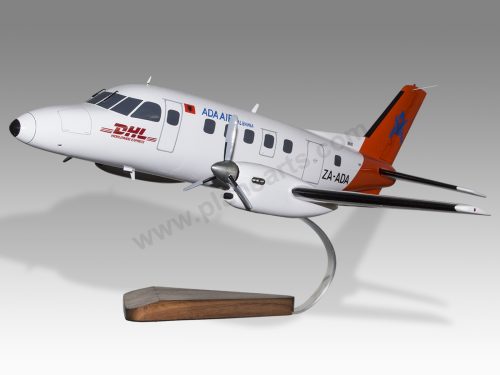

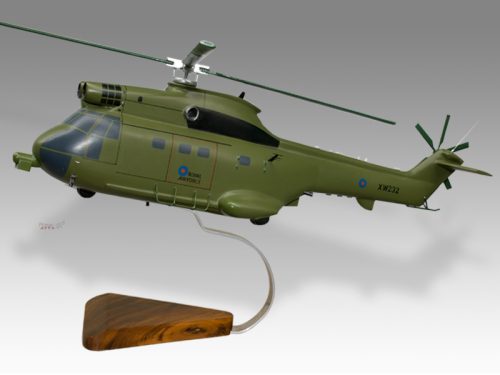

Reviews
There are no reviews yet.